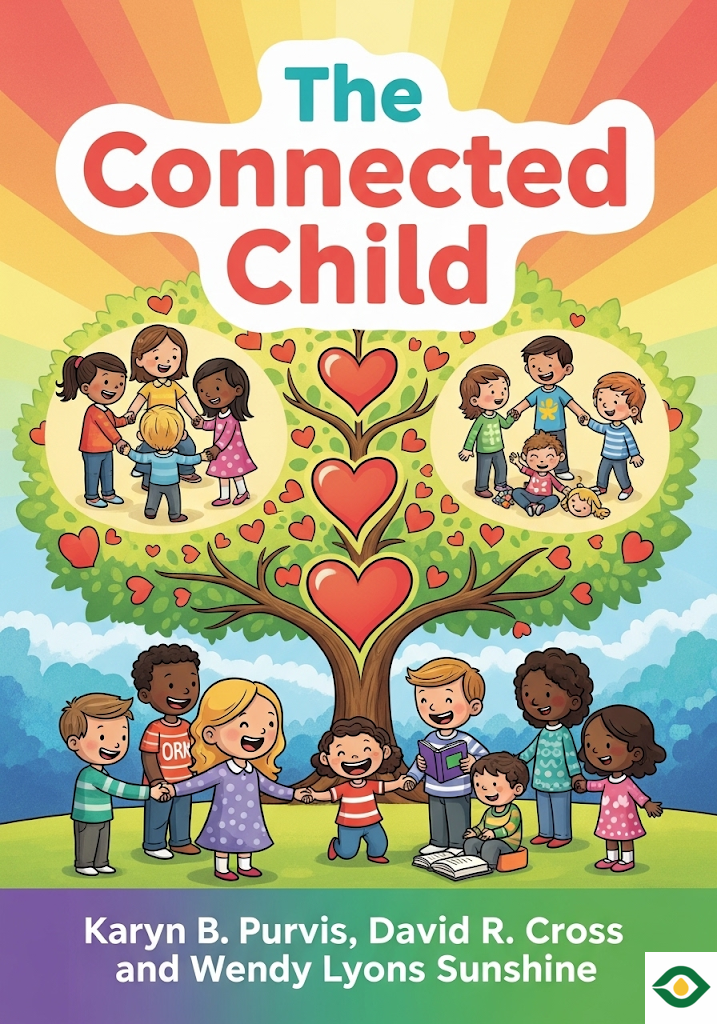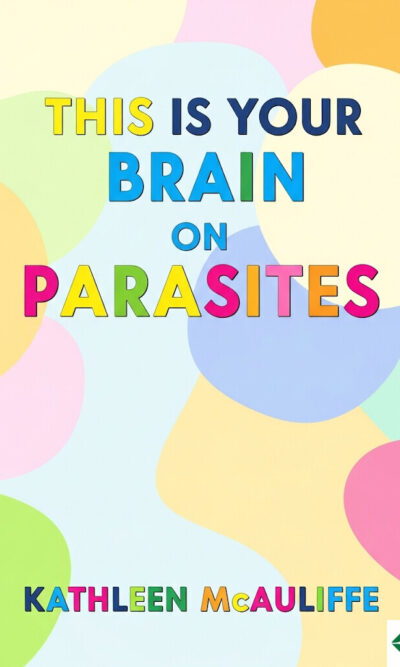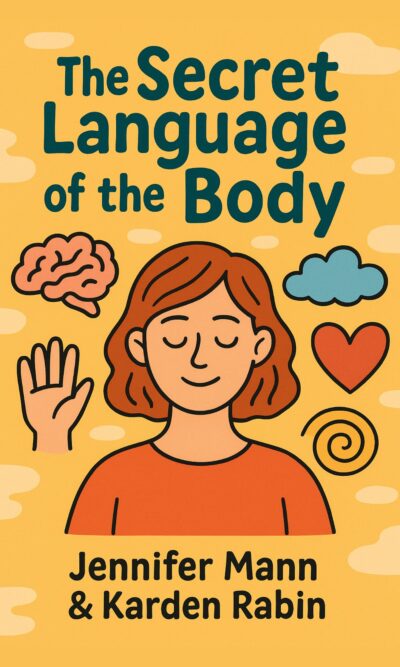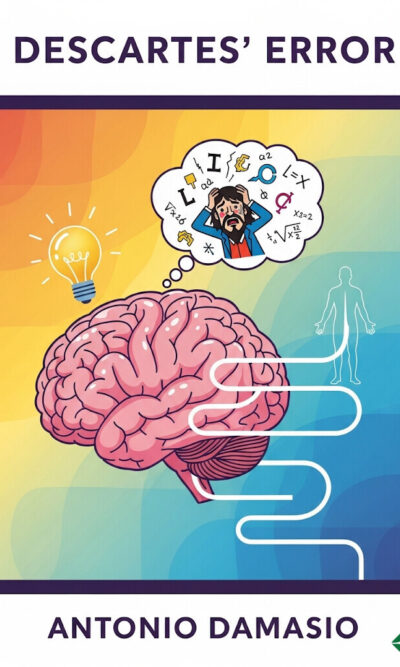Description
Parenting is never easy, but raising a child who has faced neglect, trauma, or abuse can be even more challenging. These children often carry invisible scars from their past, which can shape how they behave, how they trust, and how they connect with others. The Connected Child is about helping parents understand these children’s struggles and guiding them with patience, love, and practical strategies. It teaches that healing is possible, but it requires time, consistency, and above all, connection.
Children who come from safe, loving homes usually grow up learning trust from birth. When a baby cries and someone responds with comfort, the baby begins to believe that the world is safe. But for children who were neglected in orphanages, left hungry, or raised in abusive households, the opposite happens. They learn that no one will come when they cry, that they must survive on their own, and that trust is dangerous. This lack of early nurturing affects their brains, emotions, and ability to bond later in life.
Adoptive and foster parents need to remember that these children may look “fine” on the outside, but inside they are often still fighting battles from the past. Understanding their history is the first step. For example, a tantrum over food might not be simple misbehavior but a fear of going hungry again. Parents must recognize that behind anger or defiance is often fear. What these children need most is reassurance that they are safe now.
Creating a sense of safety is critical. When children feel threatened, their brains trigger a fight-or-flight response, flooding their bodies with stress hormones. This can cause them to lash out, withdraw, or seem unreachable. Parents cannot reason with a child in this state. Instead, they need to stay calm, lower the tension, and give the child concrete reassurance. Small steps—like allowing access to healthy snacks, setting predictable routines, or offering choices—can help children feel more in control of their world. Over time, these experiences build trust and reduce fear.
Communication is another area where at-risk children often struggle. If no one talked with them when they were young, or if communication only meant shouting or insults, they never learned how to express themselves clearly. Adoptive parents must model healthy communication—making eye contact, using calm voices, listening carefully, and teaching children words for their emotions. Even simple tools, like a feelings chart or yes/no questions, can help a child learn to share what they are feeling. These skills are the building blocks for trust and healthy relationships.
When it comes to discipline, harsh punishments simply do not work with traumatized children. Physical punishment, yelling, or isolating them can trigger painful memories and worsen behavior. Instead, discipline should focus on setting clear expectations, staying calm, and teaching correct behavior through practice. For example, if a child hits a sibling, the parent should intervene immediately, explain why it’s not acceptable, and give the child a chance to “do over” the moment—showing gentle play instead. Praise for positive behavior is more powerful than punishment for mistakes. The goal is not to instill fear but to teach skills and show that love remains steady even during conflict.
Structure and preparation also play huge roles. Stressful situations—like going to a busy supermarket or transitioning to bedtime—can overwhelm children. Planning ahead and setting routines can prevent meltdowns. For instance, letting a child choose one or two grocery items gives them some control without chaos. Having a consistent bedtime routine with calming steps like a bath and story helps them transition smoothly. Predictability makes their world feel safer, which is especially important for kids who once lived in unpredictable or unstable environments.
One of the most healing tools parents have is also one of the simplest: play. Playing together builds trust, joy, and closeness. It shows the child that the parent values their company. Play can be silly and lighthearted, like building with blocks or running in the yard, or it can also help with deeper issues. Games that explore emotions, role-play, or physical activities like ball games can all strengthen bonds and support healthy development. Even fifteen minutes of undistracted play a day can help rebuild the child’s trust bank.
Nutrition and brain chemistry are often overlooked but incredibly important. Trauma and stress disrupt how the brain functions. By giving children healthy food—rich in vitamins, proteins, and healthy fats—parents can help stabilize moods and improve focus. Limiting sugar and caffeine prevents energy crashes and mood swings. Nuts, cheese, fish, fruits, and vegetables are far better for the brain than sugary snacks. Supplements like fish oil or multivitamins can also support healthy brain chemistry. Proper nutrition provides the fuel children need to respond better to emotional and behavioral support.
Building confidence is another key part of healing. Many children with painful pasts see themselves as small, powerless, or unworthy. Parents can change this by showering them with genuine praise, encouragement, and love. Specific compliments—like “I love how kind you were to your sister”—help children feel valued for who they are, not just what they achieve. Gentle, respectful touch, like a hug or holding hands (when the child is comfortable), can also build a sense of security and belonging.
Of course, progress is not always quick. Parenting a traumatized child can feel like climbing a steep mountain, where for every two steps forward, you slide one step back. There will be setbacks, tantrums, and days when nothing seems to work. But even small improvements—like more eye contact, calmer responses, or new words for feelings—are signs of growth. Sometimes, regression can even be a positive sign: if a child feels safe enough to act like a younger child and seek extra nurturing, it means trust is building.
Parents must also remember to take care of themselves. Raising a hurting child can be exhausting and emotionally draining. It is vital for parents to reflect on their own pasts, seek support, and find ways to recharge. A parent who feels overwhelmed cannot give consistent love and patience. Taking breaks, leaning on friends, or even talking with a therapist can make the journey more sustainable. Parenting is not a sprint; it is a marathon.
The central lesson of The Connected Child is that love, patience, and connection are stronger than trauma. Children who once seemed unreachable can learn to trust, heal, and thrive in a safe and nurturing environment. Parents may not see change overnight, but every act of kindness, every calm response, and every shared moment of play adds up. Over time, these children can grow into confident, resilient, and connected individuals.





